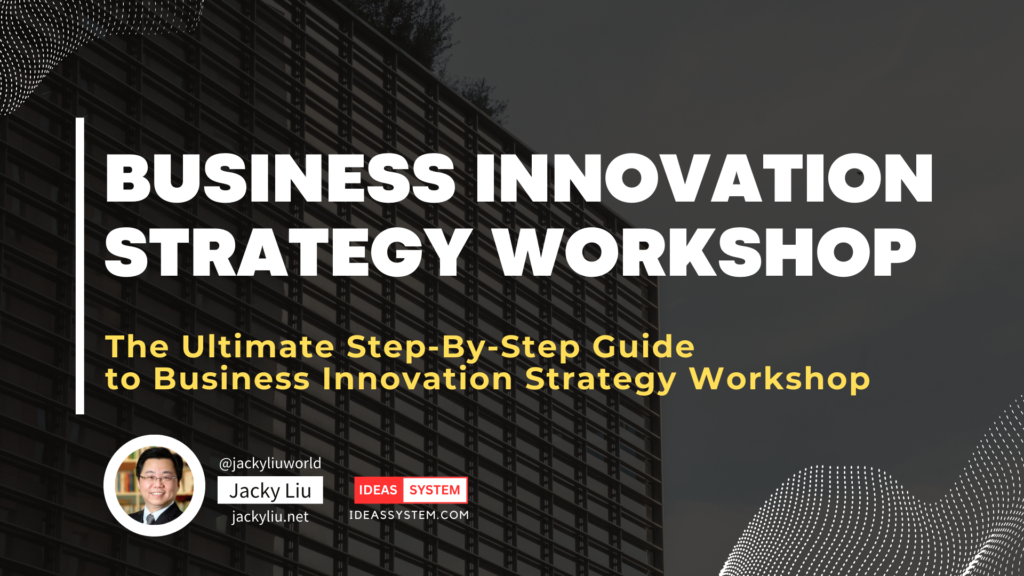What is Innovation?
Innovation refers to the process of creating new ideas, products, or services that offer value to customers and enhance the organization’s competitive edge. It involves identifying unmet needs, exploring creative solutions, and implementing those solutions effectively. Innovation is critical to the long-term success and sustainability of a company, as it drives growth, profitability, and market share.
Types of Innovation
There are three main types of innovation:
Incremental Innovation
This type of innovation involves making small, continuous improvements to existing products, processes, or services. Incremental innovation is often easier and less risky than other forms of innovation, as it builds upon what already exists.
Disruptive Innovation
Disruptive innovation refers to the introduction of new products, services, or business models that disrupt established markets and displace incumbent competitors. This type of innovation is more challenging and risky, but it can lead to significant growth opportunities and market leadership.
Radical Innovation
Radical innovation involves completely transforming existing products, services, or industries by creating breakthrough technologies or business models. This form of innovation is the most challenging and high-risk, but it can lead to revolutionary changes and long-lasting competitive advantages.
The Importance of Innovation in Companies
Innovation is essential for companies to remain competitive and thrive in today’s fast-paced business environment. It helps businesses:
- Stay ahead of competitors by offering unique products and services.
- Adapt to changing customer needs and preferences.
- Improve operational efficiency and reduce costs.
- Attract and retain top talent.
- Foster a culture of continuous improvement and growth.
Fostering an Innovative Culture
To create an innovative culture within your organization, consider the following strategies:
Leadership and Vision
Leaders play a crucial role in fostering innovation by setting the vision, inspiring employees, and creating an environment that encourages creativity and risk-taking. Develop a clear innovation strategy and communicate it effectively to your team.
Encourage Risk-taking and Experimentation
Innovation requires experimentation and learning from failure. Encourage employees to take calculated risks and create a culture where mistakes are seen as opportunities for growth and learning.
Collaboration and Communication
Innovation thrives in an environment where employees can collaborate, share ideas, and provide feedback. Encourage open communication and cross-functional teamwork to generate new ideas and drive innovation.
Implementing Innovative Strategies
There are several strategies that companies can implement to drive innovation:
Open Innovation
Open innovation involves partnering with external organizations, such as customers, suppliers, or research institutions, to co-create new products and services. This approach allows companies to tap into a broader range of ideas and expertise, accelerating the innovation process.
Design Thinking
Design thinking is a problem-solving approach that emphasizes empathy, experimentation, and iteration. By focusing on the end-user’s needs and desires, companies can develop more innovative and customer-centric solutions.
Blue Ocean Strategy
The Blue Ocean Strategy involves identifying and creating new market spaces, or “blue oceans,” where competition is minimal. By offering unique value propositions and targeting untapped customer segments, companies can achieve rapid growth and long-term success.
Measuring Innovation Success
To ensure the effectiveness of your innovation efforts, it’s essential to establish metrics and track progress. Some common innovation metrics include:
- Number of new ideas generated.
- Number of ideas implemented.
- Time to market for new products or services.
- Revenue generated from new products or services.
- Customer satisfaction with new offerings.
Regularly review and adjust your innovation strategy based on these metrics to continually improve and stay competitive.
Conclusion
Innovation is crucial for companies to stay competitive, adapt to changing market conditions, and achieve long-term success. By fostering an innovative culture, implementing effective strategies, and measuring progress, organizations can unlock their full potential and drive sustainable growth.
FAQs
How can companies encourage innovation among employees?
Companies can encourage innovation by creating an open and supportive environment, offering rewards and recognition for innovative ideas, and providing resources for employees to learn and experiment.
What are some common barriers to innovation in companies?
Common barriers to innovation include resistance to change, lack of resources, risk aversion, and poor communication.
Can small businesses benefit from innovation?
Yes, small businesses can benefit significantly from innovation by offering unique products and services, improving operational efficiency, and differentiating themselves from competitors.
How do companies identify innovative ideas?
Companies can identify innovative ideas by encouraging open communication, soliciting customer feedback, and staying informed about industry trends and technological advancements.
How can companies maintain their innovative edge over time?
Companies can maintain their innovative edge by continually investing in research and development, fostering a culture of continuous improvement, and staying agile in response to changing market conditions.




